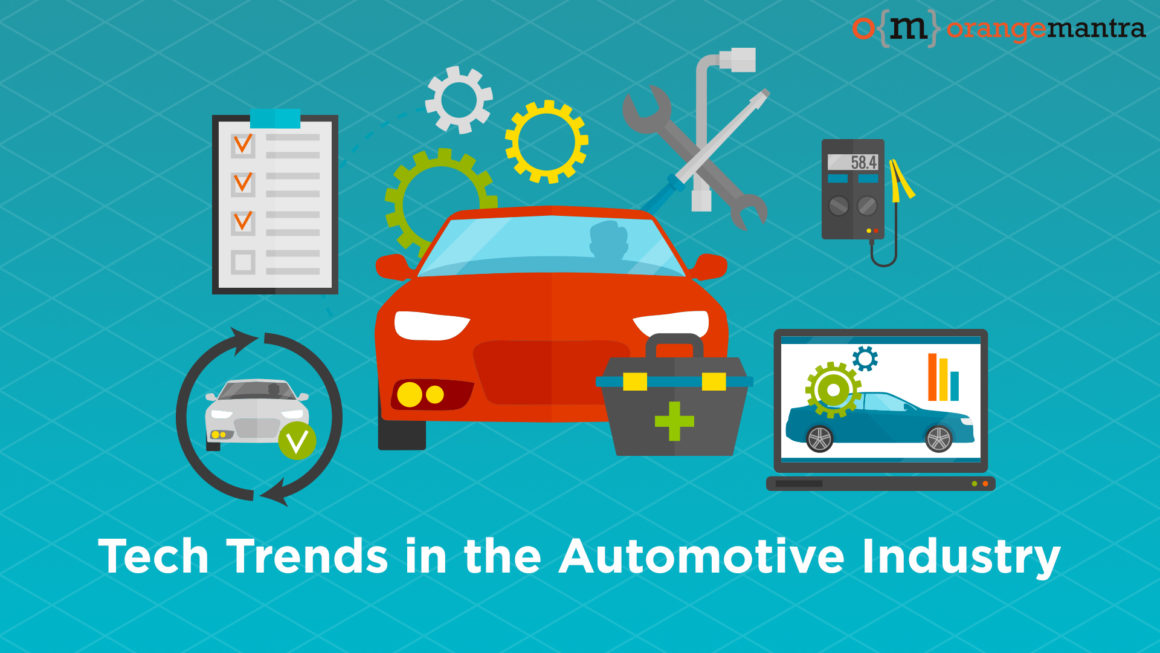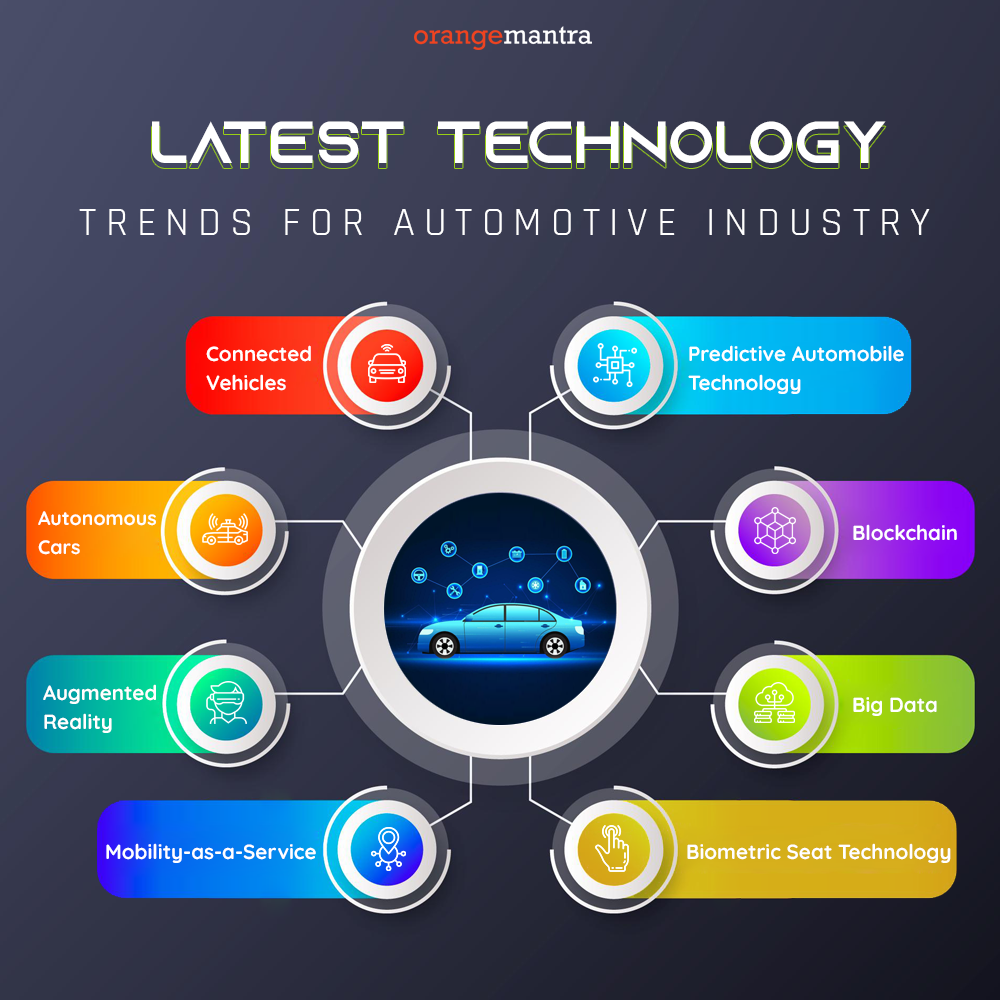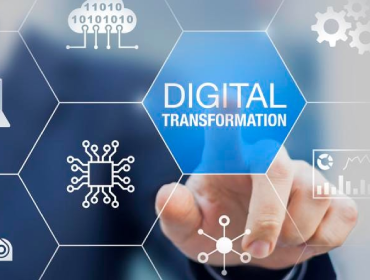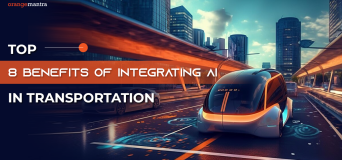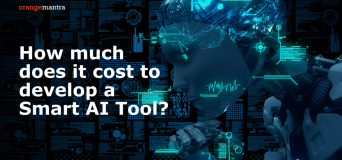Digital technologies are revolutionizing businesses today, with every vertical witnessing disruptive changes in one or more ways. The automotive industry is no exception as it is fast becoming digitally-enabled, with the focus being entirely on connectivity in mobility. While the technology of the Internet of Things is coming to the forefront, others like Machine Learning, Artificial Intelligence, Predictive Analysis, Blockchain and more are also driving digital transformation for this vertical.
Reputed brands are integrating Automotive software development services by innovating advanced technologies for overall customer satisfaction. By embracing the below tech trends, automotive brands not only meet the demands of today’s connected consumers as well as build a smarter, safer, and more efficient future of mobility. Let us unravel the top tech trends that are poised to transform the automotive industry in 2024.
Latest Technology Trends for Automotive Industry
Connected Vehicles
The IoT technology is having an impact on almost all industries and automotive is one of them. It is emerging as the driving force behind smart, connected cars. Connected vehicles refer to the ones that are empowered with Vehicle-to-Vehicle communication. As suggested by the name, these are capable of communicating and sharing details related to on-road conditions, traffic jams, weather, and more, making driving simpler, safer, and smarter. Vehicles get signals from other vehicles on the same route that caution them regarding conditions such as potential crashes, bad weather, etc.
Key Highlights
Internet Connectivity: Connected vehicles are powered by internet services integrated with built-in modems or mobile network, enabling different online services.
Safety Features: Advanced safety features are incorporated including collision warning systems, adaptive cruise control, and lane departure warnings. All is possible with Advanced Driver Assistance System which use sensors and connectivity for driver safety.
Infotainment: Passengers can stream personalized infotainment systems for music streaming, navigation apps, and access real-time traffic information for overall engagement.
Predictive Automobile Technology
Another set of technologies that is all set to proliferate the automotive sector is Artificial Intelligence and Machine Learning. These technologies can be leveraged for customizing the driving experiences. This is done by implementing algorithms which understand the driver’s preferences and aligns the infotainment framework and application preferences accordingly. Further, predictive technology can also be used to forecast the vehicle maintenance requirements and notify the owner when a service is needed.
Key Highlights
- Predictive Maintenance: Vehicles have feature to anticipate maintenance needs by analyzing data gathered from sensors and historical performance. This saves time and repair cost when prior information is available about a breakdown.
- Route Optimization: Driver have access of traffic patterns, weather conditions, and road closures to plan best This vehicle mapping solutions saves time and reduces fuel consumption and emissions.
- Driver Behavior Analysis: By analyzing driving patterns, driver behavior can be identified as aggressive acceleration or braking. This can be later used to improve driving habits and safety.
Autonomous Cars
The concept of autonomous cars does not seem too distant now. Automotive majors are conceptualizing and working on the innovation of self-driven cars that utilize high-tech sensors, cameras, brake actuators, laser scanners, and similar devices to navigate on their own. Beyond bringing luxury and convenience for the vehicle owners, the adoption of this technology can decrease traffic and reduce the number of road accidents once they become mainstream.
Key Highlights
- Sensor Technology: Different sensors are integrated for real-time information about surroundings. Radar, lidar (light detection and ranging), cameras, and ultrasonic sensors are the most common.
- Artificial Intelligence (AI):Presence of Automotive AI and ML Solutions helps to interpret road conditions, detect potholes, and make driving smooth by sharing information of steering, accelerating, and braking.
- Safety Improvements: Autonomous cars ensure less traffic accidents happen because of human error. They can react at a faster rate than humans and never get distracted.
Blockchain
The Blockchain technology is all set to take the automotive segment to the next level. It will resolve the challenge of fake auto parts circulating in the market, which is something that the industry has been battling for years now. Blockchain will soon be leveraged within the supply chain of the industry to detect the suppliers who sell such fake parts and eliminate them from the system. This will enhance transparency as well as bring efficiency in the pricing strategies.
Key Highlights
- Smart Contracts: Blockchain-powered smart contracts can automate and secure transactions helping with secure payments for vehicle services, insurance claims processing, or leasing work.
- Data Security and Privacy: Presence of a decentralized and encrypted platform assist with storing and sharing data securely. It can offer vehicle-to-vehicle (V2V) communication and vehicle-to-infrastructure (V2I) communication.
- Vehicle Sharing and Mobility Services: Blockchain support peer-to-peer vehicle sharing platforms building a method of securely managing reservations, payments, and access permissions.
Augmented Reality
With digital marketplaces becoming a part of automotive industry, buyers are now comfortable with the concept of exploring the options online before stepping into showrooms. This is where the technology of Augmented Reality comes in as it can be used to deliver interactive “test drive” experiences for prospective buyers. This will be a huge benefit for dealers as they would need to carry less physical inventory while automotive brands would be able to reduce the number of dealers. AR is also being used in vehicle design to create vehicles that deliver the highest levels of safety.
Key Highlights
- Training and Education: AR helps with training scenarios, such as in automotive manufacturing where staff get to know real-time instructions and guidance.
- Navigation and Wayfinding: Navigation instructions can be analyzed in real world, making it simpler for users to find way in unfamiliar setup.
- Maintenance and Repair: Technicians can deal with repair instructions, schematics, or diagnostic information directly onto the vehicle they are fixing.
Big Data
Another technology that is making inroads into the automotive segment is that of Big Data. Equipped with the technology, the vehicles of the future will be able to find destinations, traffic patterns, relevant routes, nearby gas stations and favorite restaurants based on their preferences. An algorithm will be used to match their driving data with these parameters to cater to the drivers what they would exactly expect.
Key Highlights
Volume: Big Data process vast amounts of data generated from different including social media, sensors, transactions, and more. The volume of data is massive, beyond the capability of traditional database systems.
Velocity: Data is generated in real-time with high velocity. This flow of data needs capable system to process and analyze data streams quickly to derive actionable insights promptly for decision making.
Variety: Big Data helps to encompass data in different formats including structured data, semi-structured data, and unstructured data. Managing and analyzing diverse data types is simplified.
Mobility-As-A-Service
Beyond manufacturing, sales, and driving experiences, another aspect of automotive industry that will witness a tech transformation is shared transportation. The mobility distribution model will get disrupted due to the growing adoption of the Mobility-as-a-Service (MaaS) concept. In this model, the transportation needs of an individual will be addressed with various options such as on-demand car sharing, mass transit, and ride hailing. All these options are being bundled up in a single integrated solution that is available to the users in the form of a smartphone app. Beyond just cost savings for the users, shared transportation has a far-reaching impact as it can reduce the traffic congestion, pollution, and demand for parking.
Key Highlights
- Data-driven Insights: MaaS gather and process large data sets consisting of travel patterns, user preferences, and transportation demand.
- Economic Efficiency: MaaS even reduce overall transportation expenses for users by eliminating the necessity of car ownership, reducing fuel consumption.
- Environmental Benefits: With shared mobility and reducing the number of privately owned vehicles, MaaS helps to lower greenhouse gas emissions.
Biometric Seat Technology
This innovative technology transforms driving experiences and makes them more comfortable and secure. It gathers the real-time biometric data of the driver from the seat, steering wheel, clutch, and accelerator. The data is analyzed and leveraged to identify the anxiety levels if the driver. Accordingly, the vehicle issues warnings instructing them to be more careful or take a break whenever needed.
Key Highlights
- Biometric Sensors: Biometric seats have sensors that can monitor different physiological parameters, including heart rate, respiratory rate, skin conductance, and more.
- Health Monitoring: Biometric seats monitor the health and well-being of occupants in real-time. This provide early warnings of heart attacks or fatigue-related accidents.
- Driver Monitoring: Biometric seats can monitor driver alertness and attentiveness by detecting changes in physiological parameters. This information can be used to alert the driver if signs of drowsiness or distraction are detected.
Conclusion
Considering these innovative trends that are likely to surface on the automotive industry scenario ahead, it becomes imperative to embrace them sooner rather than later. If you are a part of this industry, taking up digital transformation should be on top of your agenda right now. However, this is possible only if you have a technology partner that you can rely on.
At OrangeMantra, we offer advanced technology consulting and strategy services to enable digital transformation for businesses. During two decades in the industry, we have served a number of clients from the automotive section. We not only understand their core tech infrastructure, but also are aware of all the latest technologies that clients in this sector need to embrace. Share your requirements with us and we will help you embark on a transformative journey.
Frequently Asked Questions
How is our company advancing in the electric vehicles (EVs) software development?
Our company has an experienced team of the EV experts, investing heavily in the development of state-of-the-art battery technology, EV charging software and more.
What steps is our company taking to develop autonomous driving technology?
We are actively investing in researching and developing autonomous driving methods. Advanced AI and machine learning algorithms are implemented to enhance vehicle safety and efficiency.
How are we enhancing vehicle connectivity for our customers?
Our vehicles are powered by cutting-edge technology, including real-time navigation, over-the-air software updates, and seamless integration with smart devices.
What initiatives is our company involved in regarding shared mobility?
We have in-house experts to develop and support car-sharing and ride-sharing platforms. Our software are designed with shared mobility in mind, and offering features that serve transportation solutions.
